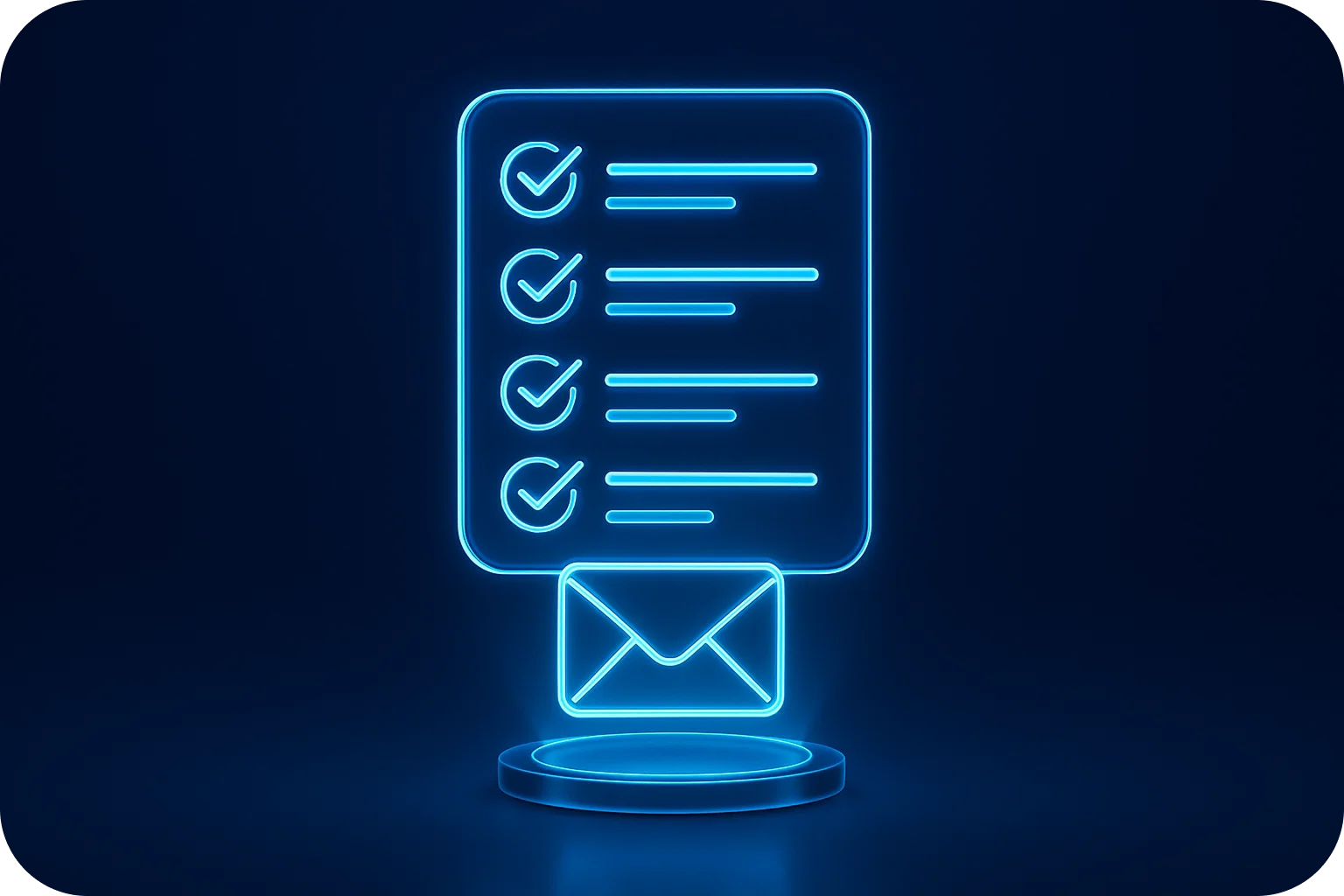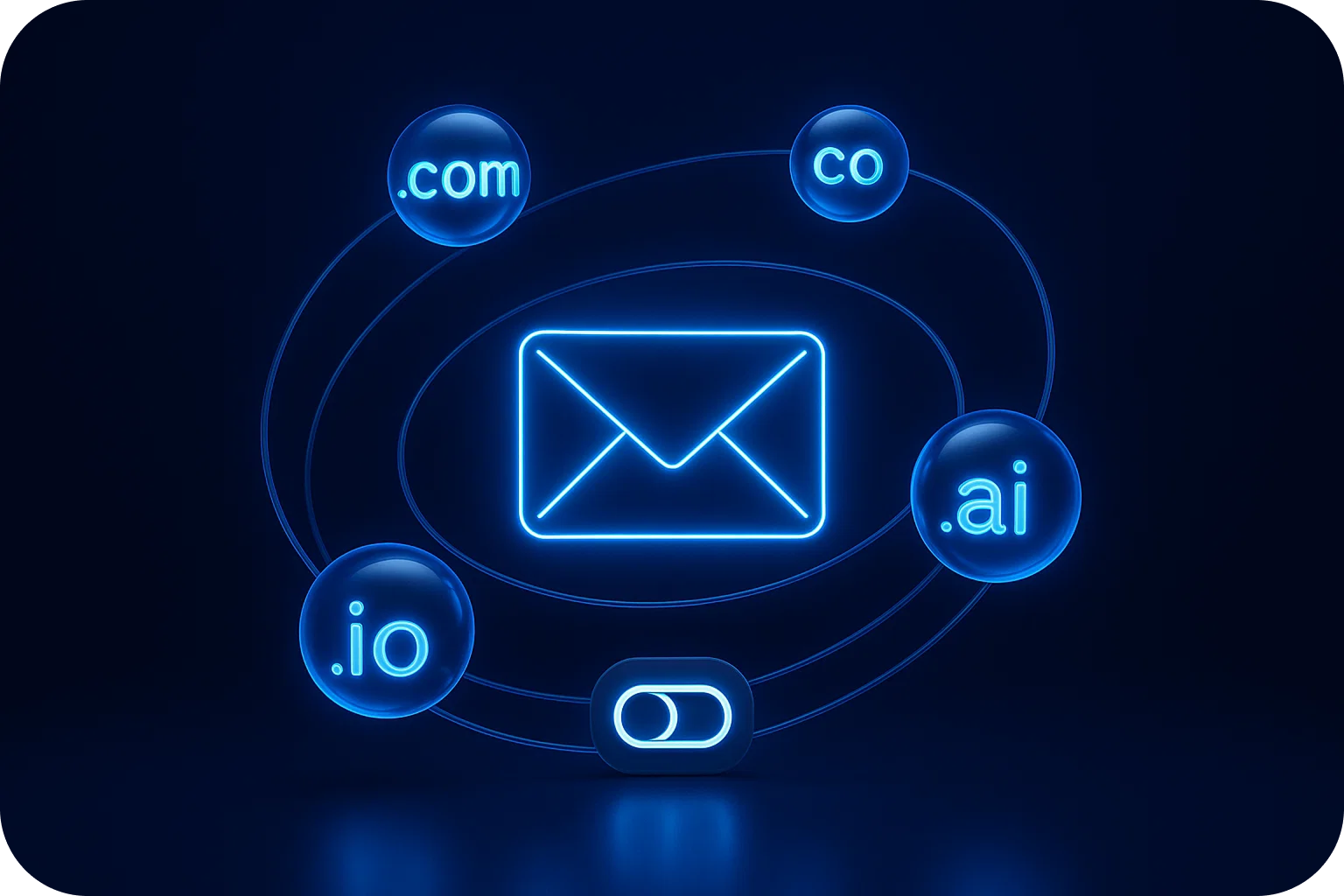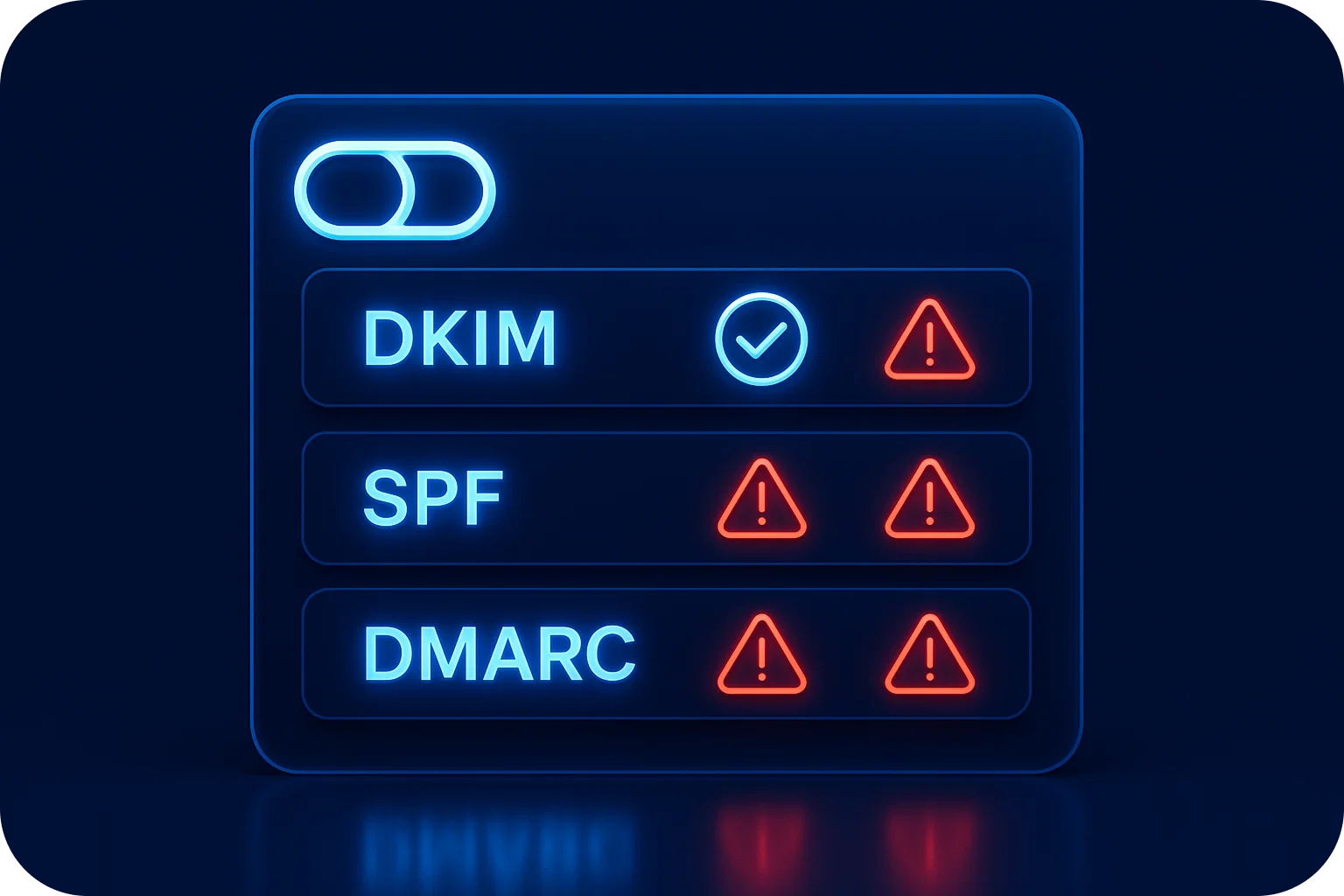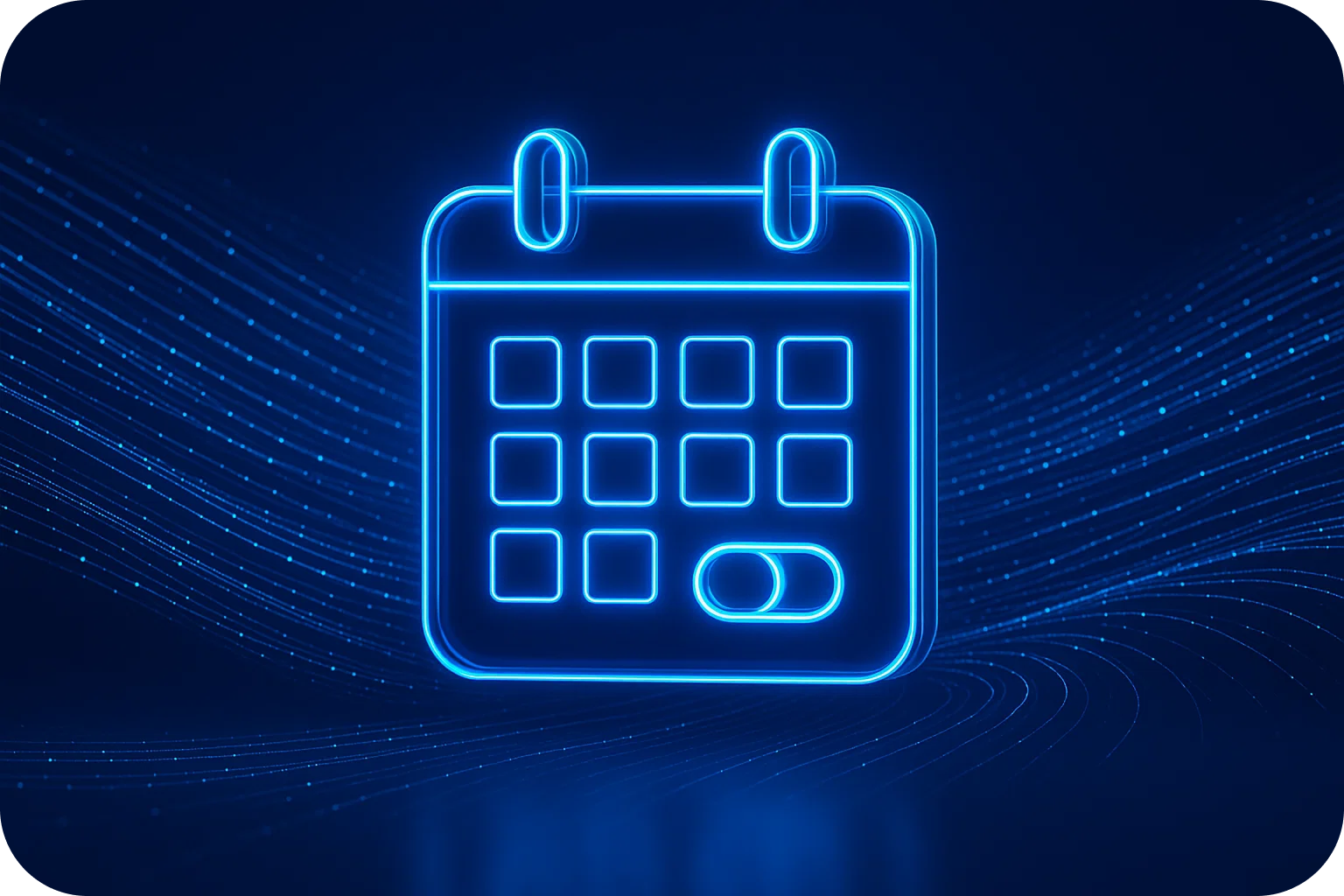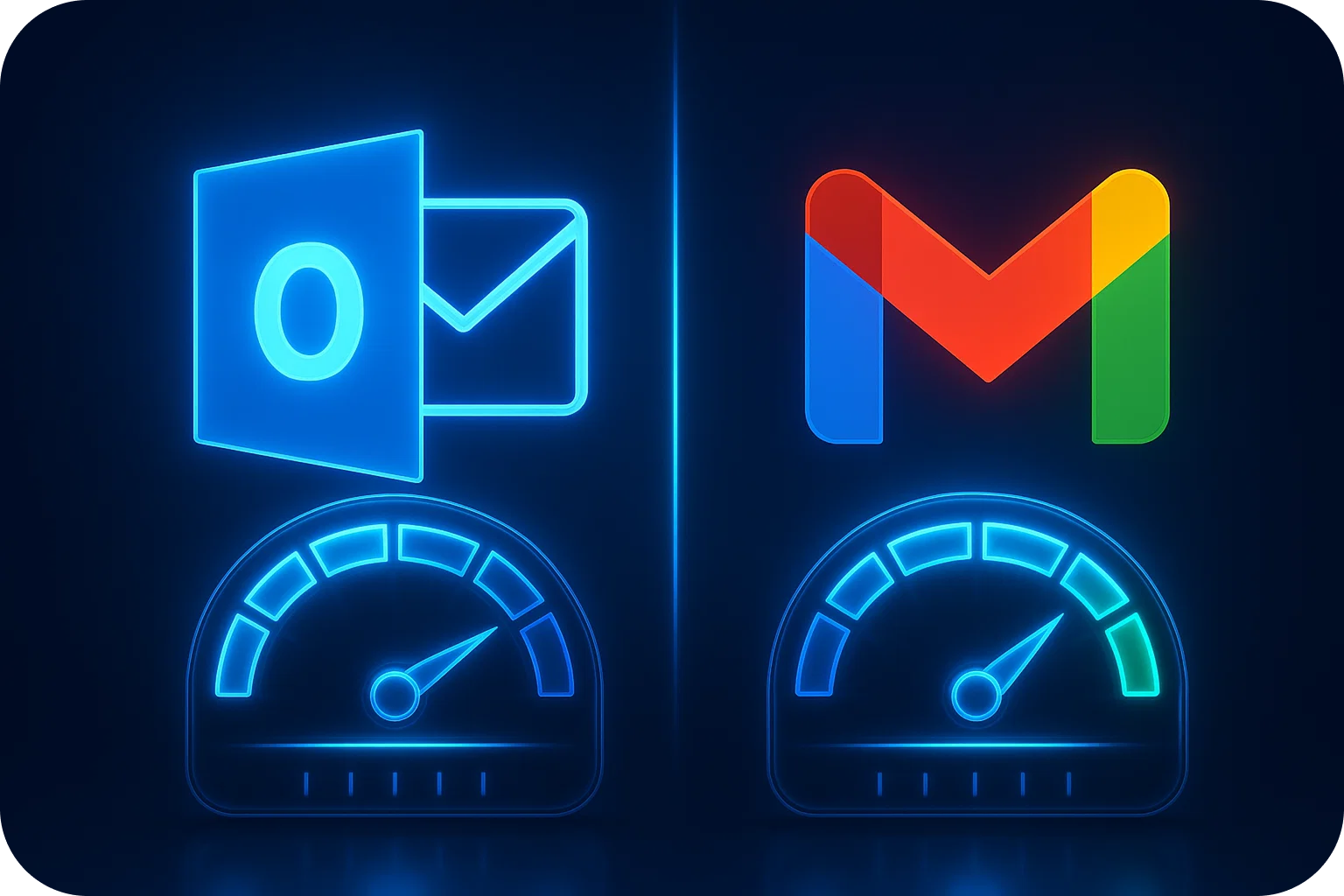Why Smart Sales Teams Are Abandoning Traditional Email (And What They're Using Instead)
.png)
If you've been in sales for more than a few years, you've probably noticed something alarming: your cold emails aren't landing in inboxes like they used to. Your carefully crafted messages are disappearing into spam folders, your reply rates are plummeting, and your traditional email service provider (ESP) is becoming more of a liability than an asset.
You're not alone. Smart sales teams across startups and scale-ups are quietly abandoning traditional email infrastructure and the results they're seeing are nothing short of remarkable.
The Traditional Email Problem Nobody Talks About
Let's address the elephant in the room: traditional email platforms like Gmail and Outlook were never designed for cold outreach at scale. They were built for personal communication, internal team collaboration, and one-to-one correspondence.
When sales teams try to push these platforms beyond their intended use, three critical problems emerge:
1. Deliverability Deteriorates Rapidly
Traditional ESPs have strict sending limits and aggressive spam filters. Send more than 50-100 emails per day from a single inbox, and you'll trigger red flags. Your domain reputation tanks, your emails land in spam, and suddenly your entire sales strategy is compromised.
The math is brutal: if you're sending 20 emails per day from one inbox and need to reach 500 prospects, you'll need 25 days or 25 separate email accounts. Most sales teams don't have the infrastructure to manage that complexity.
2. Scaling Becomes a Nightmare
Want to 10x your outreach? With traditional email, that means manually creating dozens of accounts, configuring DNS records for each domain, warming up each inbox individually, and constantly monitoring deliverability across your entire infrastructure.
It's not just time-consuming, it's practically impossible to manage without a dedicated technical team. And for startups operating lean, that's a non-starter.
3. Technical Complexity Kills Productivity
SPF records, DKIM authentication, DMARC policies, MX records, traditional email requires deep technical knowledge just to get basic deliverability right. One misconfigured DNS setting can tank your entire campaign.
Your sales team should be selling, not troubleshooting email infrastructure.
What Top-Performing Sales Teams Are Doing Differently
While average sales teams struggle with traditional email limitations, high-performing teams have discovered a better approach: specialized cold email infrastructure platforms.
These aren't your typical ESPs. They're purpose-built systems designed specifically for sales outreach at scale, combining deliverability management, bulk inbox creation, and automated technical configuration into a single platform.
The Infrastructure-First Approach
Instead of trying to force traditional email platforms to do something they weren't designed for, smart sales teams are investing in dedicated cold email infrastructure that handles:
Automated Inbox Creation: Generate dozens or hundreds of email accounts instantly, without manual setup or technical headaches.
Built-In Deliverability Management: Automatic warm-up sequences, reputation monitoring, and intelligent sending patterns that keep emails out of spam folders.
DNS Configuration at Scale: One-click setup for all the technical requirements, SPF, DKIM, DMARC, and custom tracking domains across unlimited domains.
Provider Flexibility: Choose between Google Workspace, Microsoft 365, shared IP mailboxes, or dedicated IPs based on your specific needs and budget.
The Numbers Don't Lie: Real Results from Modern Sales Infrastructure
The difference between traditional email and specialized cold email infrastructure isn't marginal; it's transformational.
Teams using modern cold email platforms consistently report:
- 96-98% inbox placement rates across Gmail, Outlook, Yahoo, and other major providers
- 100x scaling capability without proportional cost increases
- 10-minute implementation time versus weeks of manual setup
- Significantly higher reply rates due to improved deliverability
Compare that to traditional email, where deliverability rates often hover around 70-80% at best, and scaling requires exponential increases in time and resources.
Breaking Down the Modern Sales Stack
Here's what the sales outreach stack looks like for teams that have made the switch:
Layer 1: Cold Email Infrastructure Platform
This is the foundation, a specialized platform that handles inbox creation, domain management, DNS configuration, and deliverability monitoring. It replaces the manual work of setting up and maintaining dozens of email accounts.
Key capabilities include:
- Unlimited domains and email accounts
- Automated technical setup and configuration
- Real-time deliverability monitoring
- Enterprise-grade security and compliance (GDPR, CCPA, SOC2)
- 99.99% uptime SLA
Layer 2: Outreach Automation Tools
Once your infrastructure is solid, you layer in outreach tools like Instantly, Lemlist, Smartlead, or Reply. These platforms handle campaign creation, personalization, follow-up sequences, and response management.
The critical difference: when these tools are built on top of proper infrastructure, they perform exponentially better. Your carefully crafted sequences actually reach inboxes.
Layer 3: AI-Powered Intelligence
The most advanced sales teams are now adding AI SDR agents like Luna or 11x into their stack. These tools use artificial intelligence to personalize outreach at scale, optimize send times, and even handle initial prospect qualification.
But here's the catch: AI-powered outreach is only effective if your emails actually land in inboxes. Without proper infrastructure, you're just using expensive AI to send messages to spam folders.
The Economics of Modern Sales Infrastructure
One of the biggest misconceptions about specialized cold email infrastructure is that it's expensive. The reality is exactly the opposite.
Consider the traditional approach:
- Google Workspace: $6-12 per user per month
- Manual setup time: 20-30 hours for 50 inboxes
- Ongoing management: 10+ hours per week
- Deliverability issues: Lost deals and wasted effort
Modern cold email infrastructure typically costs $3-5 per inbox per month, with zero setup time, minimal ongoing management, and dramatically better deliverability. When you factor in the time savings and improved results, the ROI is undeniable.
Best Practices for Making the Switch
If you're ready to abandon traditional email for your cold outreach, here's how to make the transition smooth:
Start with a Pilot Program
Don't migrate your entire sales operation overnight. Start with one sales rep or one campaign, measure the results, and scale from there. Most teams see improved metrics within the first 3-4 weeks (the typical warm-up period).
Follow Recommended Sending Limits
Even with specialized infrastructure, you can't ignore best practices. Keep sending volume to 20 emails per inbox per day and limit yourself to 3 inboxes per domain for optimal deliverability.
Integrate with Your Existing Tools
Modern cold email infrastructure platforms offer APIs and integrations with popular outreach tools. Make sure your new infrastructure plays nicely with your existing sales stack.
Monitor Deliverability Metrics Religiously
Track inbox placement rates, spam rates, and engagement metrics across all your campaigns. Good infrastructure gives you visibility into these metrics in real-time.
The Future of Sales Outreach
The shift away from traditional email for cold outreach isn't a trend; it's a fundamental evolution in how sales teams operate.
As spam filters become more sophisticated, as prospects become more selective about what they engage with, and as sales teams need to reach more prospects with fewer resources, specialized infrastructure becomes not just an advantage but a necessity.
The sales teams winning today are those who recognized this shift early and built their outreach strategy on a foundation designed for scale, deliverability, and results.
Making Your Decision
If you're still relying on traditional email for your cold outreach, ask yourself these questions:
- What percentage of your emails are actually landing in inboxes?
- How much time does your team spend on email infrastructure management?
- How quickly can you scale your outreach when you identify a hot market segment?
- What's the opportunity cost of emails that never get seen?
For most sales teams, the answers to these questions make the decision clear.
Traditional email served us well for decades, but the game has changed. Smart sales teams aren't just adapting, they're thriving by building their outreach on infrastructure designed for the modern sales environment.
The question isn't whether to make the switch. It's whether you can afford to wait while your competitors pull ahead.
More articles
Get started now




%201.png)

